Ibérico ham: in the idyllic dehesas, a special breed of pigs fascinates gourmets around the world
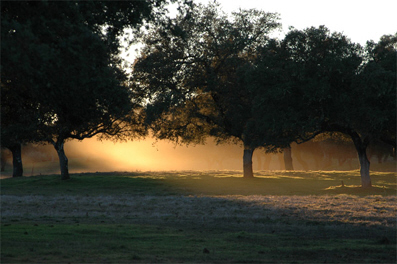
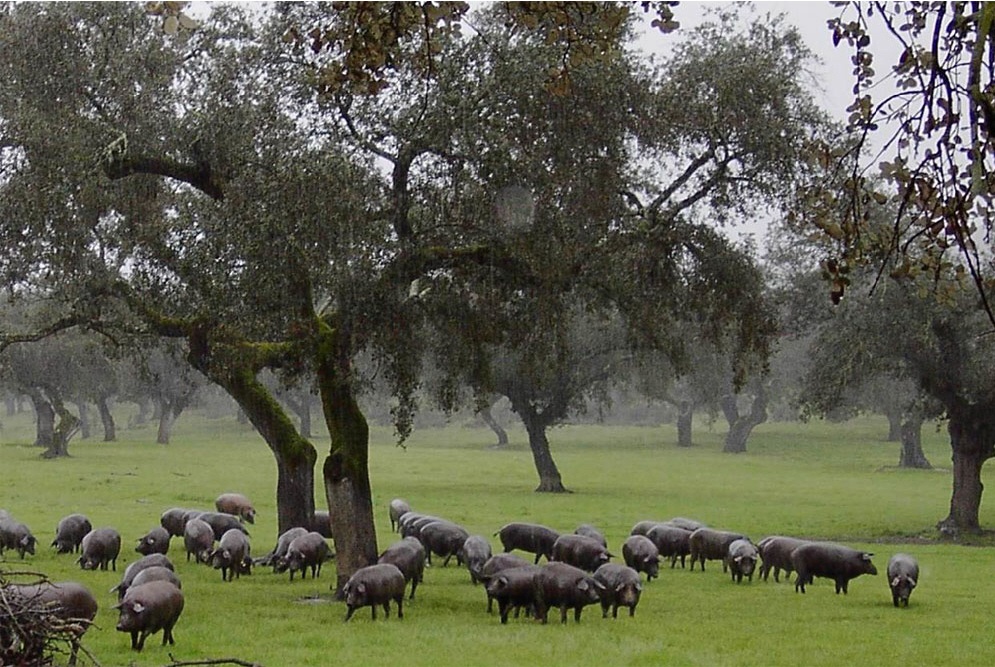
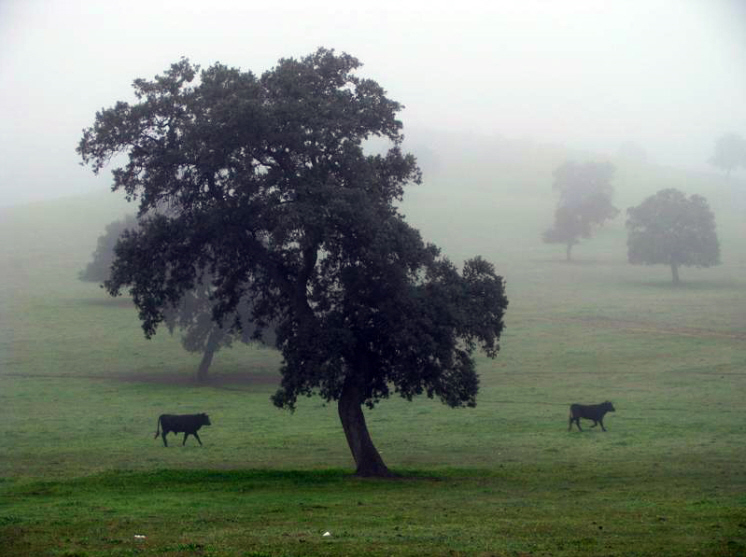
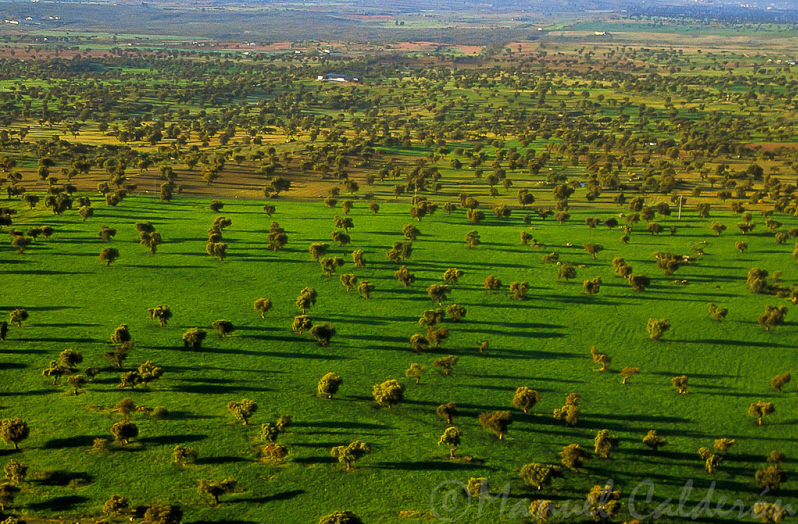
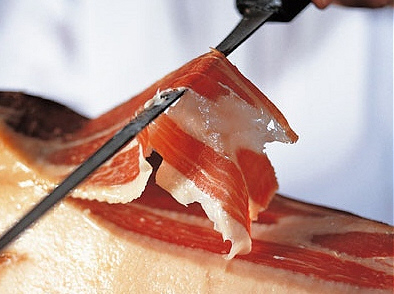
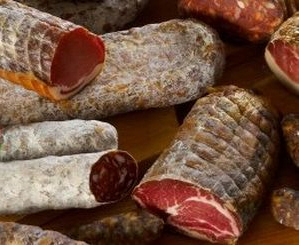
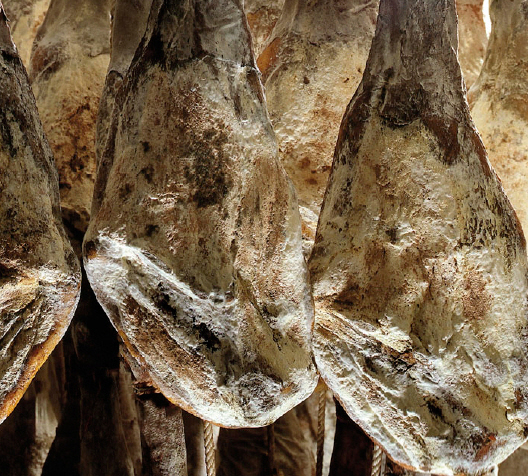
Large expanses of holm and cork oak on flat ground or rolling hills; a bird of prey lazily soaring in the wind as it gazes down upon its domains; between the trees, a herd of ashen-black pigs rooting among the acorns. This is the typical landscape of a dehesa, one of the vast estates located in the southwestern quarter of the Iberian Peninsula, from Salamanca through Extremadura and all the way to Sevilla, Huelva or Cádiz as well as in the Portuguese Alentejo and Algarve. Dehesas are semi-natural ecosystems populated by holm oaks and used for the simultaneous production of livestock, small game, firewood, charcoal, and, in some areas, cork as well. This privileged habitat is home to the Iberian pig, the undisputed king of Spanish cured meats.
A descendant of the wild boar (sus mediterraneus) that used to inhabit both shores of the Mediterranean, the Iberian pig’s most salient physical features include long, thin, sturdy legs; a pointy snout; thin, scanty hair, and dark coloring on its skin and hooves. And surprisingly, a physiological deficiency happens to be what makes this pig stand out against other breeds: what is referred to as the hypophysis defect, which causes fat to infiltrate the muscle tissue and create deposits under the animal’s skin. This unique marbling of muscle and fat, together with its diet and breeding system, are what endow the meat of the Iberian pig with its outstanding flavor and aroma.
The traditional method for raising Iberian pigs follows the acorn season: the fattening period known as the montanera involves free-range feeding among the holm and cork oak trees. There is almost a symbiotic relationship between dehesas and Iberian pigs, because the latter could not exist without the former–and vice versa. In a dehesa, the pigs not only feed on acorns, but also on grass, wild fruits, small animals and reptiles, snails, slugs, and all sorts of insects, all of which contribute to giving their meat its particular aroma and flavor. In addition, free-range feeding[DB1] forces the animals to remain active and therefore gain weight gradually. The final outcome is delicate meat, marbled with fat, which has high levels of (monounsaturated) oleic acid and antioxidants; some have been known to describe Iberian pigs as “olive trees with legs.”
Among the range of Iberian pork products, ham is the jewel of the crown. After the slaughter, which takes place in the winter, the hams are bled, aired out, and cured solely with salt. After they have settled and reached the proper salt level, the hams are left to dry for months on end in natural drying rooms before they are taken to the final ageing stage in a cellar. The entire processing time for curing an acorn-grade Iberian ham is never under two years.
After the ham, by order of value, connoisseurs rank caña de lomo, an entire cured loin of pork. Next on the list, and all in rapid succession, come all the other cured meats and sausages: lomito, morcón, chorizo, salchichón, and morcilla.
The lomito ibérico, for example, is made with the blade end of the loin, which is seasoned with salt, garlic, sweet pepper (optional) and other selected spices, and then encased in natural gut. After settling for a short period under controlled temperature and moisture conditions, the lomito is left to dry out in a natural drying room for no less than four months. The last epidemic of African swine fever (1960-1995), jointly with the greater yield of other breeds, almost led the Iberian pig to extinction. However, over the past fifteen years, due to its stable health, the change in domestic consumption patterns, and the introduction of Iberian products in the international market, there has been renewed interest in preserving everything having to do with the Iberian pig, from the purity of the breed to the recovery of traditional methods for processing meat products. This in turn has led to a revaluation of the dehesa ecosystems, after a long period of decline due to the felling of oak forests. Thanks to all of this, we can now enjoy not only the incomparable flavor of the finest acorn-grade hams, but also the extraordinary sight of a cork oak forest in the spring with a herd of Iberian pigs trotting around among the daisies.













This entry has 0 Comments